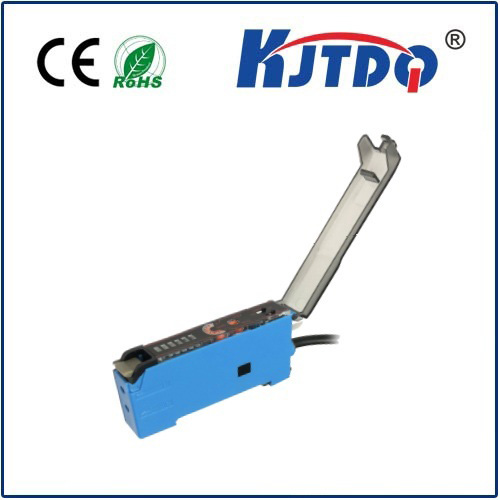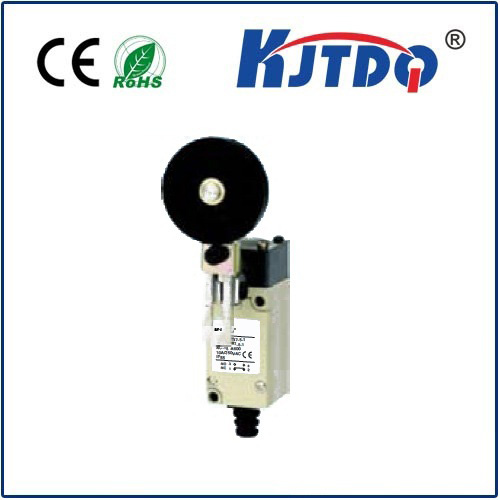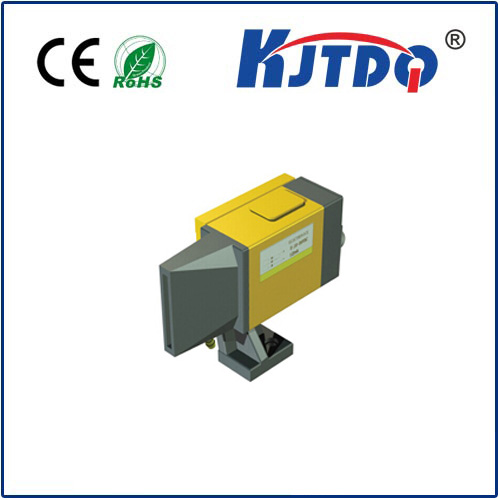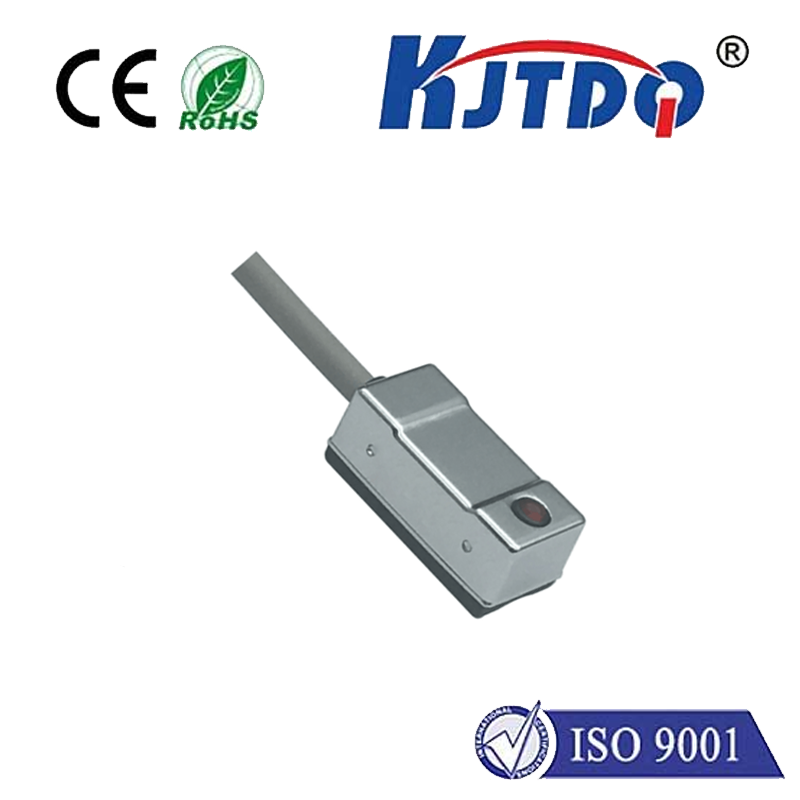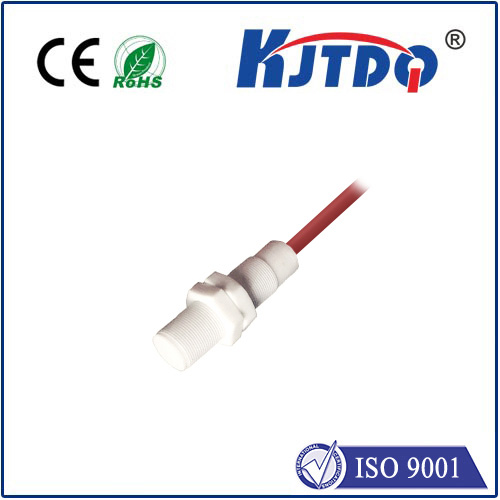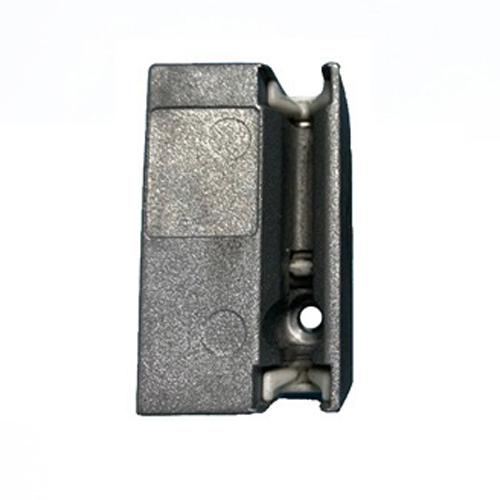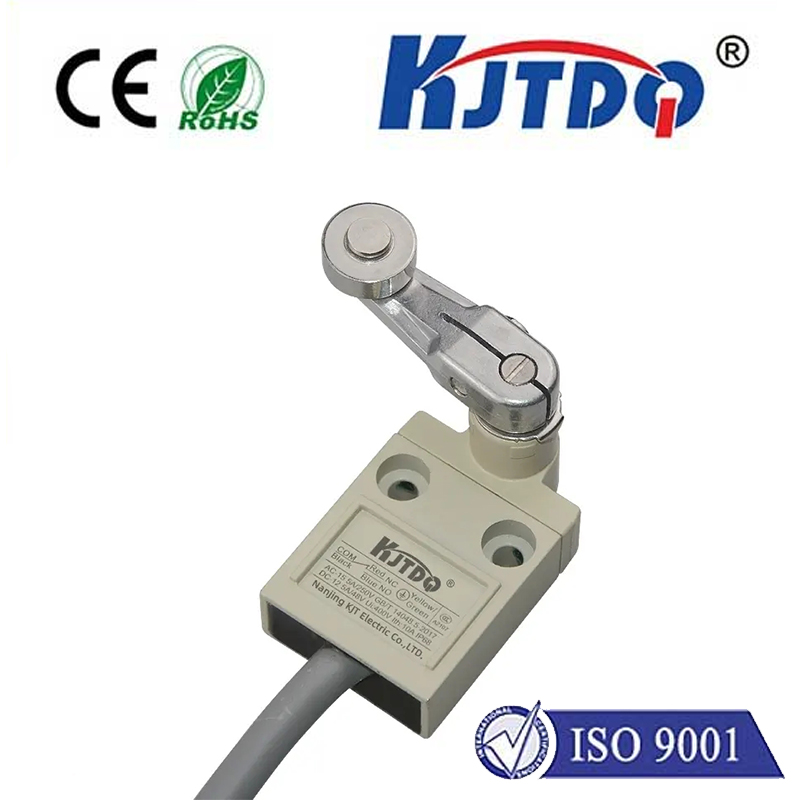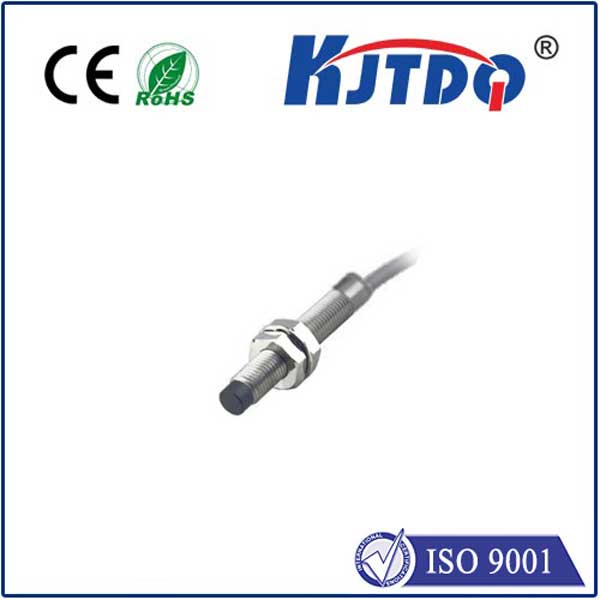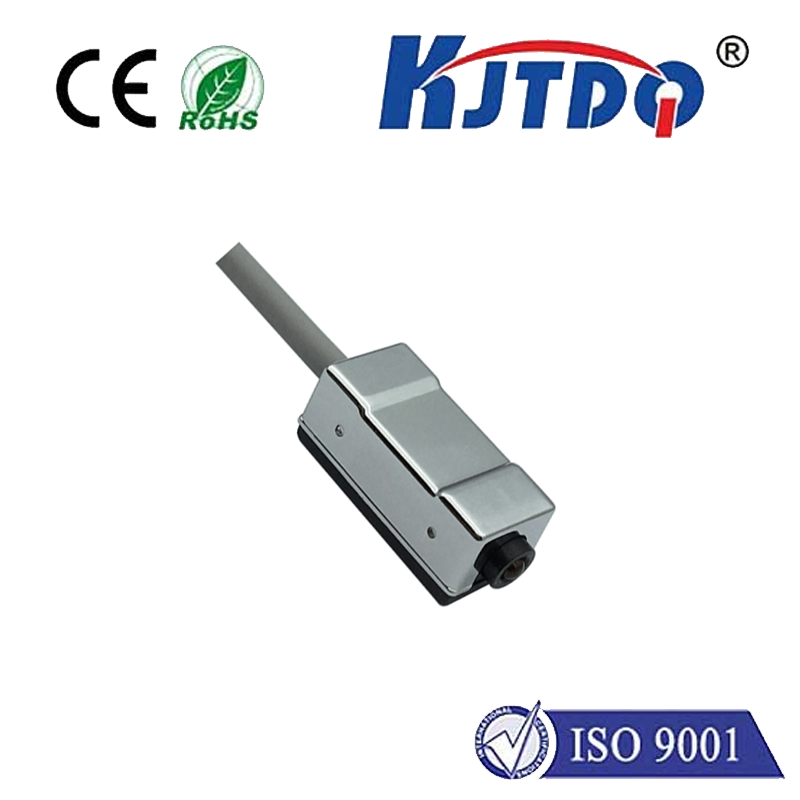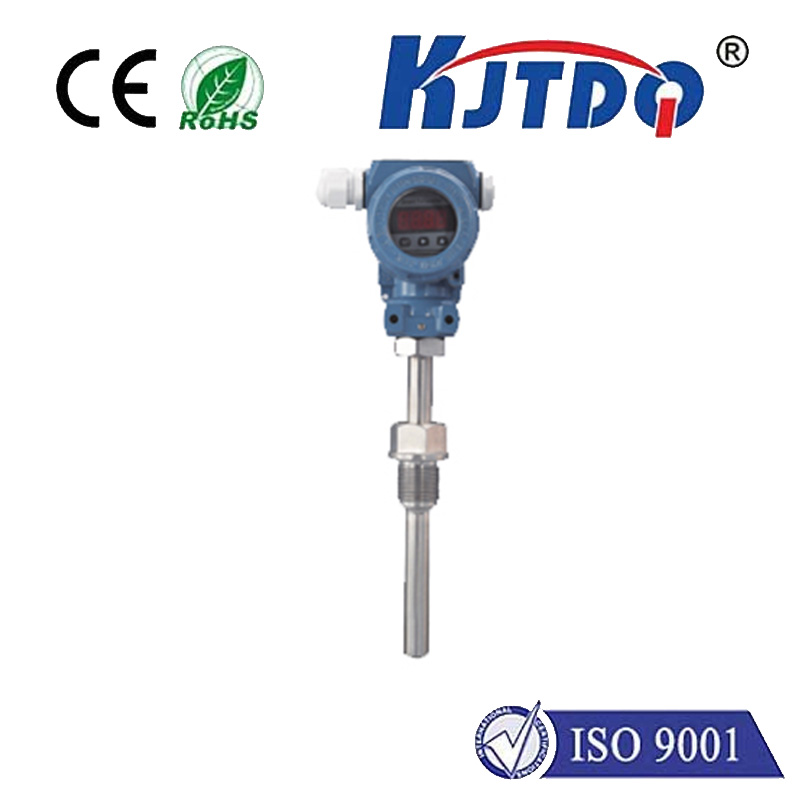

check

check

check

check

check

check

check

check

check

check
In today's world, technology has become an integral part of our lives. From smartphones to self-driving cars, we rely on various electronic devices that make our lives easier and more convenient. One such device that has revolutionized the way we interact with the world around us is the proximity sensor. In this article, we will explore the concept of proximity sensors, their prices, and the advantages they offer.
A proximity sensor is a type of electronic device that detects the presence or absence of objects near it. These sensors are based on the principle of electromagnetic induction, where a change in electric field causes a current to be generated in a conductor. Proximity sensors come in different shapes and sizes, ranging from tiny microchips to larger modules used in industrial applications.
The prices of proximity sensors vary depending on their size, functionality, and quality. For example, low-end proximity sensors can cost as little as $0.50 each, while high-end sensors designed for industrial applications can cost several hundred dollars per unit. However, it's important to note that the price does not always reflect the quality of the sensor. Some cheaper options may have lower accuracy or durability, while more expensive sensors may offer better performance and longer lifespan.
One of the biggest advantages of proximity sensors is their ability to detect objects without physically contacting them. This makes them ideal for use in applications where physical contact would be harmful or impossible, such as medical devices or robotics. Additionally, proximity sensors can operate in environments with high levels of noise or interference, making them suitable for use in noisy or challenging environments. They also have a high degree of accuracy and can detect objects at varying distances, which makes them versatile and useful in a wide range of applications.
Another advantage of proximity sensors is that they can be used in combination with other technologies to create even more advanced systems. For example, proximity sensors can be used in conjunction with cameras or microphones to create systems that can detect and analyze human behavior or speech. They can also be integrated into smart home devices and appliances to create intuitive and responsive interfaces.
In conclusion, proximity sensors are an essential component of modern technology and play a crucial role in making our lives easier and more comfortable. While their prices may vary depending on their quality and function, the benefits they offer are undeniable. As technology continues to evolve, it's likely that we will see even more advanced and sophisticated proximity sensors being developed and used in a variety of industries and applications.
